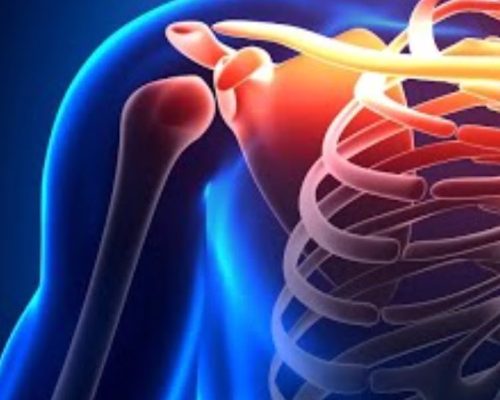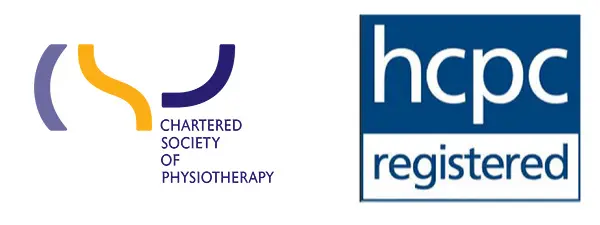The experts in Ultrasound Guided Injections
HomePhysio247 is an independent clinic specialising in Ultrasound-Guided Steroid Injections and Hyaluronic Acid Injections to effectively treat a wide range of musculoskeletal conditions.
ACJ Pain
Acromioclavicular (AC) joint pain is a condition characterized by pain and discomfort in the area where the acromion (a part of the shoulder blade) and the clavicle (collarbone) meet. This condition can be caused by various factors, including trauma, overuse, or degenerative changes in the joint.
Ultrasound-guided steroid injections can play a role in the management of AC joint pain, particularly when conservative treatments have proven ineffective. Here’s how they are used:

Treatment of AC Joint Pain:
-
Rest and Activity Modification: Reducing or modifying activities that aggravate the pain is often the first step in managing AC joint pain.
-
Physiotherapy: Physiotherapy can help improve shoulder mechanics, strengthen supporting muscles, and reduce pain. Exercises may focus on improving posture, mobility, and stability.
-
Oral Medications: Over-the-counter nonsteroidal anti-inflammatory drugs (NSAIDs) or prescription pain medications may be used to manage pain and inflammation.
-
Ice and Heat Therapy: Application of ice and heat can help reduce pain and inflammation in the affected area.
-
Cortisone or Steroid Injections: Corticosteroid injections can provide significant pain relief for AC joint pain. Here’s the role of ultrasound-guided injections:
Role of Ultrasound-Guided Steroid Injections:
-
Precise Localization: Ultrasound guidance allows the healthcare provider to accurately locate the AC joint and guide the needle to the exact location of pain. This precision ensures that the steroid medication is delivered directly to the inflamed or painful area, increasing the effectiveness of the treatment.
-
Reduced Risk of Complications: Ultrasound guidance minimizes the risk of complications such as inadvertent injection into surrounding structures, as the provider can visualize the needle’s placement in real-time.
-
Improved Pain Relief: Steroid injections are anti-inflammatory and can provide more prolonged pain relief compared to oral medications. They work by reducing inflammation in the AC joint, which often alleviates pain and improves shoulder function.
-
Diagnostic Aid: Ultrasound can also be used for diagnostic purposes to confirm the source of pain and rule out other potential causes, such as rotator cuff issues.
It’s important to note that while steroid injections can provide significant pain relief, they are typically part of a comprehensive treatment plan for AC joint pain and are not a long-term solution. Overuse or misuse of steroid injections can lead to potential adverse effects.
In some cases, if conservative treatments and injections are not effective or if there are underlying structural issues in the AC joint, surgical options may be considered, such as AC joint resection or stabilization procedures.
Patients with AC joint pain should work closely with their healthcare provider to determine the most appropriate treatment plan based on their specific condition, severity of symptoms, and individual needs.
Contact information
To book an appointment or for more information


